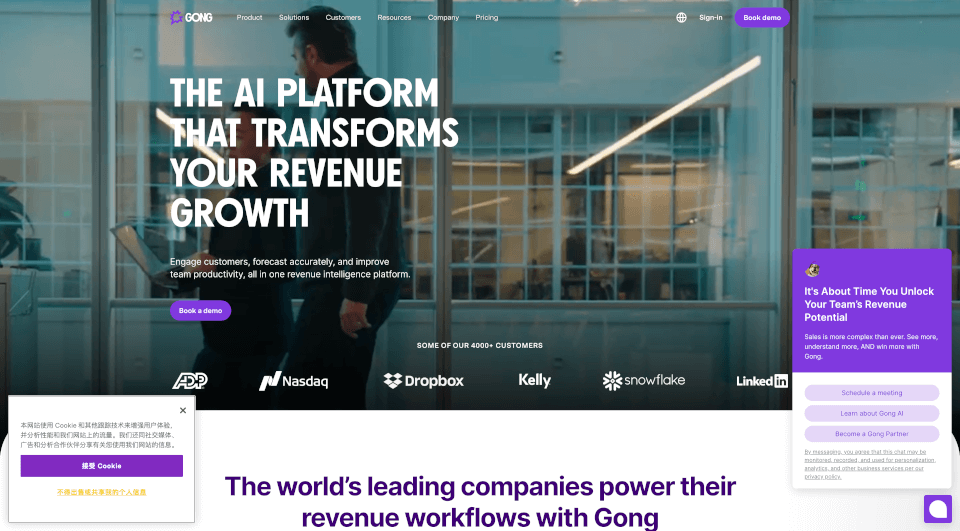What is OpenMeter?
OpenMeter is an innovative open-source platform designed for versatile billing and usage metering tailored for AI and developer tool companies. By offering both an open-source model and a managed cloud solution, OpenMeter empowers businesses to efficiently manage their metering and billing processes, ultimately driving revenue and improving profitability. It seamlessly integrates with various infrastructures, allowing companies to gather, track, and monetize usage data effectively.
What are the features of OpenMeter?
Flexible Usage-Based Billing
OpenMeter simplifies the transition to a usage-based billing model, enabling organizations to bill based on the actual usage of their services. This flexibility allows for tailored pricing strategies that align better with customer demand.
Real-Time Customer Dashboards
OpenMeter provides embeddable components and React hooks to build dynamic dashboards. These dashboards allow users to monitor their usage in real-time, helping them make informed decisions about their spending and resource allocation.
Balances, Credits, and Quotas Management
This feature provides the ability to manage customer balances and credits effectively. Users can track entitlements, set prepaid billing limits, and offer one-time or recurring credits to enhance customer satisfaction.
Low Latency Limit Enforcement
OpenMeter allows developers to enforce usage limits with low latency. This is crucial for protecting profit margins from excessive overages, particularly when integrating with costly AI models and compute resources.
Scalable Metering
With the capability to meter millions of events per second, OpenMeter offers the scalability required for high-demand applications. It's designed to easily handle substantial data loads, proving to be a robust solution for growing businesses.
Developer-Friendly SDKs
OpenMeter comes equipped with SDKs for popular programming languages such as TypeScript, Python, and Go, making integration straightforward and efficient for development teams.
What are the characteristics of OpenMeter?
- Open Source & Cloud Options: OpenMeter is available both as an open-source solution and a scalable managed cloud service. This duality caters to varied business needs, whether organizations prefer self-hosting or cloud management.
- User-Friendly Interface: The platform boasts an intuitive interface, making it easy for users across different departments—from technical teams to executives—to leverage its capabilities effectively.
- Integration Features: OpenMeter integrates seamlessly with AI tools, cloud infrastructure, and various frameworks, simplifying the metering of different services and products.
What are the use cases of OpenMeter?
AI Usage-Based Pricing
OpenMeter is particularly beneficial for companies providing AI solutions. It allows them to implement usage-based pricing, ensuring that customers are charged based on their actual usage patterns, thereby maximizing revenue potential.
Cost Control and Efficiency Monitoring
Organizations looking to improve their operational efficiency can benefit from OpenMeter’s analytics capabilities. By tracking resource usage, companies can identify areas to cut costs and streamline their processes effectively.
Developers' Tooling
For developer-centric companies, OpenMeter provides the metering needed to track how various tools and services are being utilized. This data is crucial in making informed decisions about pricing, scalability, and resource allocation.
Customization for Enterprise Needs
For enterprises with specific requirements, OpenMeter offers the capability to create custom integrations and deployments. This ensures that organizations can adapt the platform to suit their unique operational frameworks.
How to use OpenMeter?
To get started with OpenMeter, first sign up for an account through the self-service portal. Free plans are available that require no credit card to initiate. Once set up, developers can use the SDKs provided to start capturing events, meter usage, and generate billing reports seamlessly. Detailed documentation is accessible for support at every step of the integration process.








